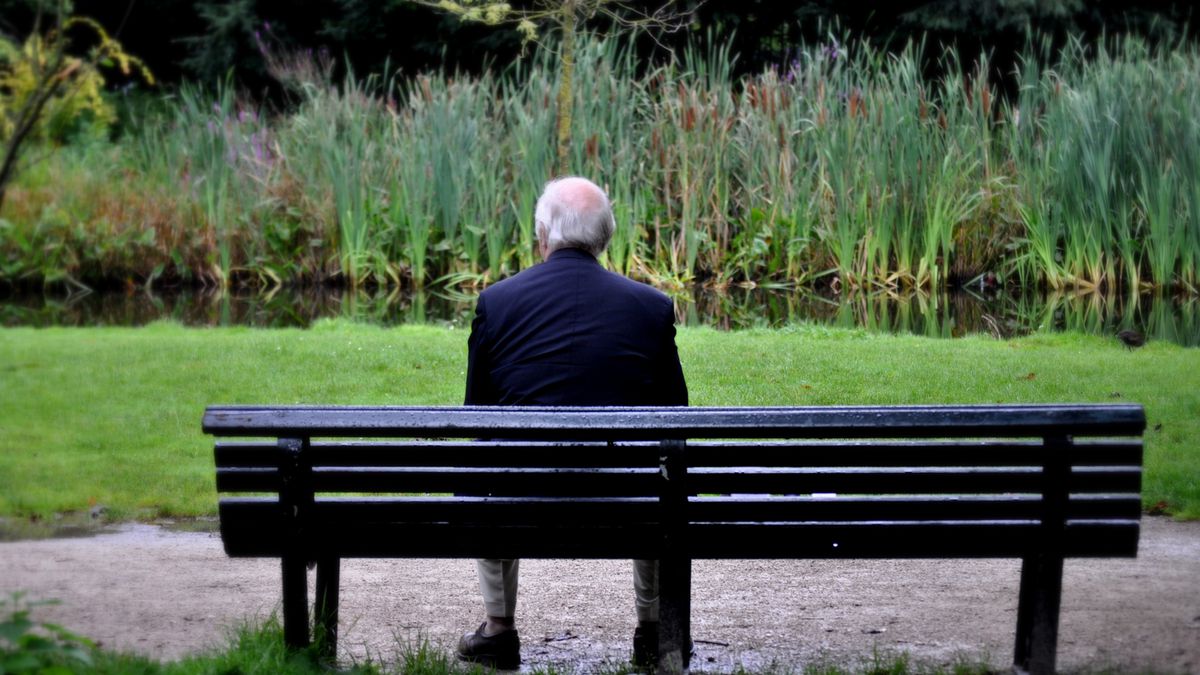Gender inequalities among Iran’s elderly population is one of the most important issues to be addressed among the 6.4 million seniors in the country, said Mohammad Taqi Hosseini, Labor Ministry’s deputy head of international affairs at the State Welfare Organization.
The ageing population is increasingly made up of women. The proportion of the elderly living alone is also increasing, and at the country level, the percentage is 10% and there is a difference between males (15%) and females (5%).
Currently, people over 60 make up 8.1% of the total population. The annual population growth rate for the general population is less than 1.5%, while the annual growth rate for those aged 60-65 years is 6%.
“The demographic changes have been rapid and the pertinent social organizations have failed to keep pace in addressing the challenges,” Hosseini said at a recent seminar in Tehran, IRNA reported.
Titled “the State of the Elderly and Policy Requirements in Asia” the conference hosted Prof. Peter McDonald, head of Demography Program at the Research School of Social Sciences of Australian National University.
Noting that the issues of demographic changes and graying population are global, Hosseini said non-governmental organizations play an instrumental role in promoting a culture that supports the elderly.
Iran’s population growth rate was around 3.9% in the 1970s, which dropped to 1.3% in 2000, he said, adding that the trend of having single children families is increasing.
The fertility rate has also dropped from seven children per woman in the 1970s and 1980s to 1.8 now, which is below the replacement level.
At current fertility rates, Iran’s median age is expected to increase from 28 in 2013 to 40 by 2030. The possibility of zero population growth rates by the year 2050 exists.
The Ministry of Labor has put senior care on its agenda, Hosseini noted, urging all social entities to cooperate in supportive programs for the elderly.
Two Kids Per Women
“To exit the current [undesirable] demographic cycles, Iran must sustain a fertility rate of at least two children per woman,” said McDonald.
Australia has been active in supporting the senior population and healthy population growth rates for more than a century now, he added.
A total of 6.4 million seniors are covered by social and healthcare services in the country, said Farid Barati Sadeh, head of the Secretariat of National Council on Older People affiliated to the SWO.
“One of the most important of such services is monitoring the health of seniors in rural areas using CBR (case-based reasoning) techniques.”
The conference marked the World Elder Abuse Awareness Day, observed globally on June 15. The international day provides an opportunity for communities around the world to promote a better understanding of abuse and neglect of older persons by raising awareness of the cultural, social, economic and demographic processes affecting elder abuse and neglect.
It is estimated that seniors in Iran will comprise nearly 25% of the population by 2050, when it is estimated to reach 92 million.
Population ageing is a result of decreasing mortality and increasing life expectancy in the country. However, it has also brought along with it a set of economic, social and health-related challenges which need to be addressed.
Of the 6.4 million seniors, around 4.2 million live in urban areas.


